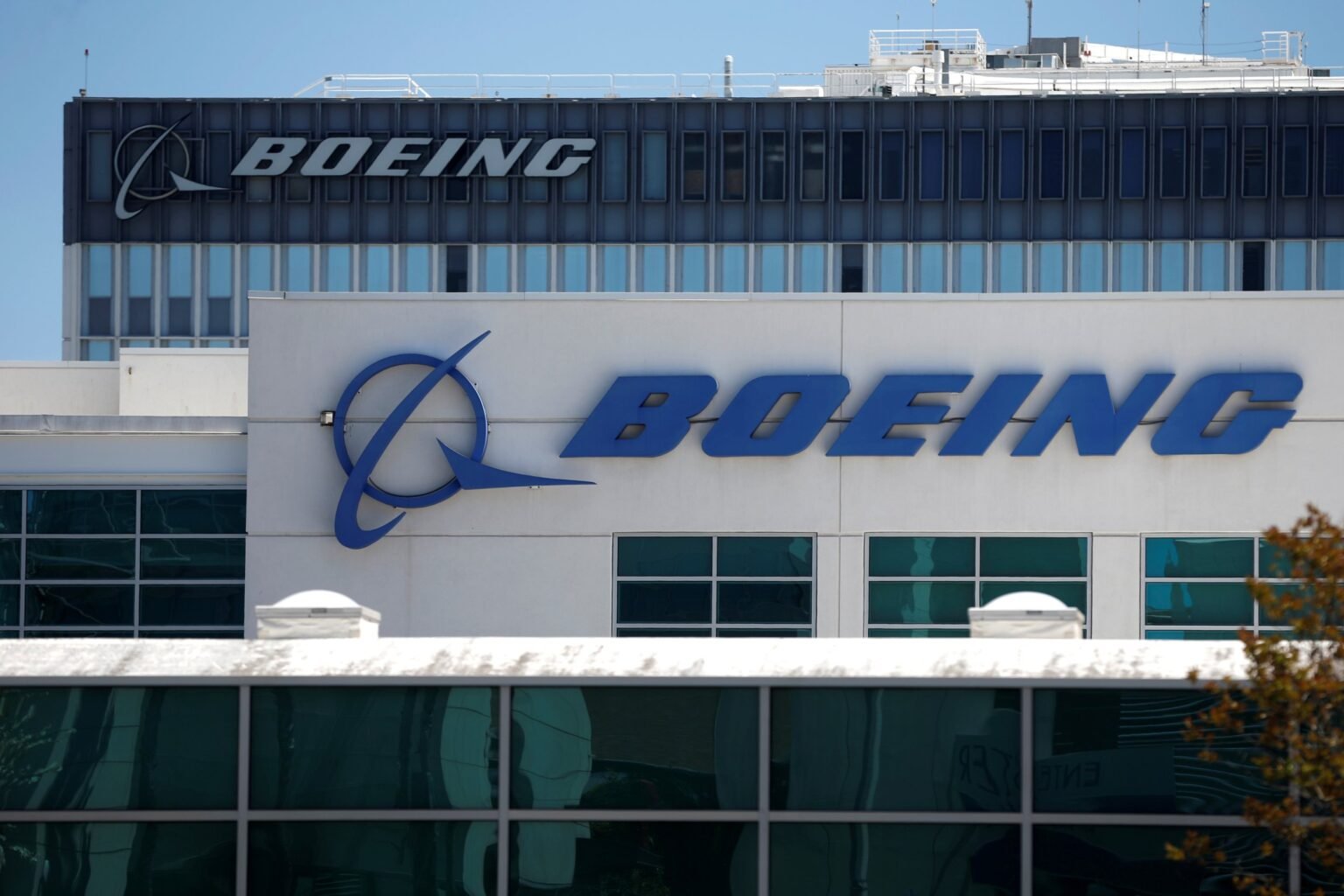US plane maker Boeing raised its industry-wide annual 20-year forecast for new jetliner deliveries by 3 percent to 43,975, propelled by the strength of passenger demand, rising airline competition and the eventual replacement older less efficient planes.
Aviation was hit hard by the pandemic that saw air travel collapse only to bounce back sharply.
That has left many firms scrambling to resolve labor and parts shortages and other supply chain issues.
Manufacturers like Boeing and Airbus are struggling to keep up with significant demand and airlines face multi-year waits to get new airplanes.
Boeing, which updated its forecast on the eve of the Farnborough Air Show outside London that opens on Monday, said airlines will need a rising number of planes through 2043.
Darren Hulst, Boeing’s vice president of commercial marketing, said the retirement rates of older airplanes dropped in half over the last four years “because of the lack of aircraft coming into the market.”
He said that issue will get addressed in the medium- to long-term as supply constraints ease.
Boeing says single-aisle airplanes will account for 33,380 deliveries — or 76 percent of forecasted demand. Deliveries from now until 2043 are also expected to include 8,065 widebody planes, 1,525 regional jets and 1,005 freighters.
About half of new jet deliveries will replace older models, while the other half will grow airlines’ fleets, Boeing predicts.
Boeing projects the global aircraft fleet to almost double over the next 20 years, from about 26,750 jets in 2023 to 50,170 by 2043.
The company also raised its industry-wide passenger traffic forecast growth rate to 4.7 percent.
Boeing has faced a safety crisis since January after an Alaska Airlines 737 MAX 9 in-flight emergency.
The Federal Aviation Administration took the unprecedented step of telling Boeing it would not allow the company to expand 737 MAX production until it was satisfied with the plane maker’s quality and safety improvements.
Source: Al Arabiya



